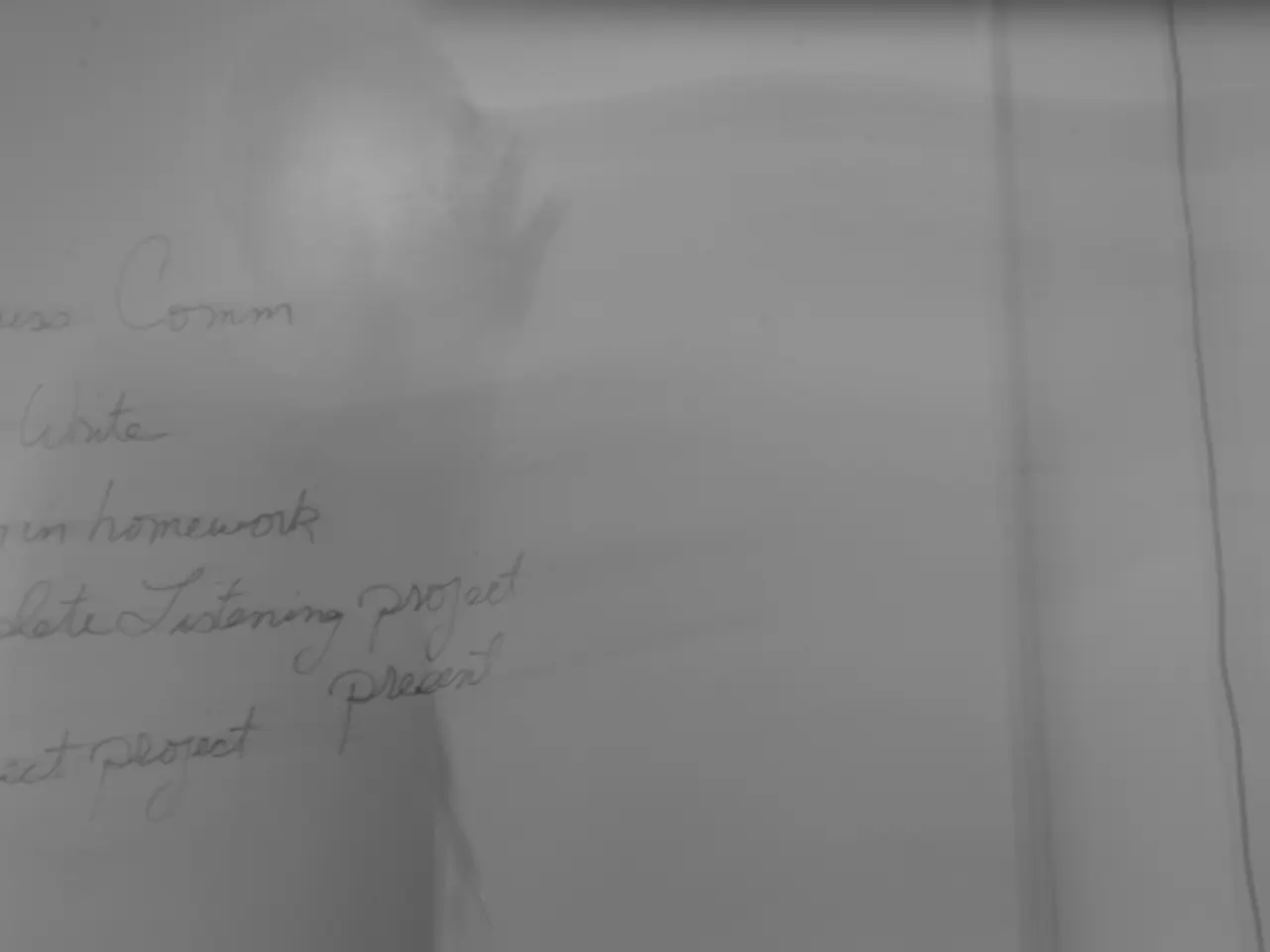USPTO Eligibility Reminder Memo for August: Useful Guidance for Patenting Computer-based and Software Inventions
In a significant development for the tech industry, Commissioner Kim issued a memorandum (Kim Memo) on August 4, 2025, offering guidance to USPTO examiners on analyzing patent applications related to artificial intelligence (AI), machine learning, software, or embedded software under the subject matter eligibility framework of 35 U.S.C. § 101.
The Kim Memo aims to prevent piecemeal treatment and ensure the totality of the system architecture, data flows, or hardware cooperation is evaluated. It provides detailed reminders and clarifications, particularly in rebutting rejections based on abstract ideas under the Alice/Mayo test.
Key guidance points from the Kim Memo include:
- Avoid overreliance on the "mental process" group of abstract ideas: Examiners should avoid broadly categorizing claims as mental processes without sufficient justification, encouraging clear analysis of whether the claims truly recite a judicial exception rather than merely involve one.
- Distinguish claims that recite a judicial exception from those that involve it: Claims should be evaluated entirely to identify whether they integrate the judicial exception into a practical application showing a technical improvement or unconventional aspect.
- Analyze claims "as a whole" at Step 2A, Prong Two: Instead of dissecting claims into abstract and non-abstract elements separately, claims should be evaluated entirely to identify whether they integrate the judicial exception into a practical application.
- Differentiate claims that improve technology from those that merely apply an abstract idea using generic computing resources: Claims that demonstrate specific technological improvements in computer functionality, AI processes, or embedded software innovations should not be conflated with claims merely implementing an abstract idea on generic hardware.
- Reinforce that § 101 rejections should be issued only when ineligibility is "more likely than not": This raises the evidentiary bar for examiners to reasonably justify a rejection, encouraging examiners to carefully weigh technical details and factual support.
Effective utilization of this guidance in patent application drafting and examiner response includes:
- Draft claims to clearly emphasize technological improvements: Highlight how the AI, machine learning, software, or embedded system invention improves a specific technology or technical field, rather than just automating a known process or concept.
- Explicitly articulate in the specification and claims how the invention integrates the abstract idea into a practical application: Use claim language and supporting descriptions that show the invention’s non-abstract, inventive aspects as a whole.
- Prepare arguments distinguishing claims as reciting judicial exceptions versus merely involving them: This can be used to rebut examiner assertions that the claim is directed to a judicial exception.
- Stress the technical improvements over generic computer implementation: Explain how the claim elements provide a specific technological solution rather than merely executing an abstract idea using routine computer functions.
- Respond to § 101 rejections with evidence and reasoning that ineligibility is not "more likely than not": Provide technical facts and claim interpretations that show eligibility under the USPTO’s Step 2A framework.
Overall, applicants and patent practitioners can use the Kim Memo as a roadmap to draft and argue claims in a manner that aligns with the USPTO’s emphasis on claim wholeness, technical improvement, and careful judicial exception distinction when facing § 101 rejections related to AI and software inventions.
References: - The Kim Memo itself, August 4, 2025, USPTO (reminding examiners on Step 2A analysis and abstract idea distinctions) - Summaries of the memo's key points and practical examination effects (NatLawReview 2025-08-13)
The Kim Memo offers a comprehensive approach to evaluating patent applications related to artificial intelligence and software, aiming to prevent piecemeal treatment and ensure that the totality of technology systems, data flows, or hardware cooperations are assessed.
Effective patent drafting and responding to rejections based on the Alice/Mayo test should involve claims that clearly emphasize technological improvements, integrating abstract ideas into practical applications, and avoiding conflation of claims that improve technology with those that merely apply abstract ideas using generic computing resources.




